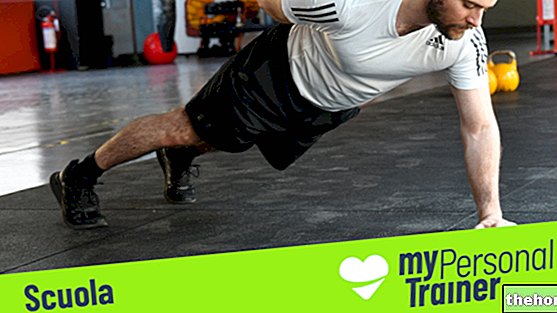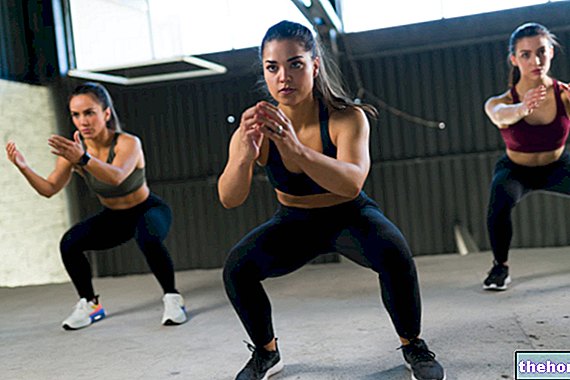Cross-training can provide an "alternative for athletes who take a break due to physical injury, overtraining, or fatigue. When recovery time from injury is needed or your doctor has recommended alternative low impact motor activities, you can train in an alternative way to running.
If you opt for running, it is important to do what you can to prevent trauma and injury in running.
and bike trainer. Cycling allows you to maintain and improve fitness without stress on the joints. Indoor cycling, for example, can also be practiced at high intensity, as a cardio workout for weight loss.
Bike training on rollers is becoming more and more popular. This type of training allows you to practice the activity even in the event of rain, wind or cold, to reduce session times and avoid the dangers of the road. The sessions recommended by fitness experts are 3 weekly 60-minute workouts. For both beginners and advanced cyclists, the bike training program is recommended to combine weekly specific home fitness sessions for strength that will make pedaling more efficient.
Elliptical
The elliptical trainer offers an "excellent alternative to training" for runners who are injured or trying not to over-strain their joints. Elliptical machines allow you to mimic the movement of running. Although it is a weight-bearing activity, it is low-impact on the joints.
This means that it is possible to strengthen the muscles involved for jogging with less impact on the joints. Compared to using a treadmill, elliptical trainers are a low impact choice. Performing movements that are as similar to running as possible and sticking to a regular exercise schedule will help you get the most out of this activity.
Aqua gym or water spinning
Water sports such as aqua aerobics or water spinning represent a good compromise and a valid alternative to running and high intensity exercises. Water running activities, for example, often take place in the deepest part of a pool with a water belt that can provide buoyancy.
This alternative allows you to enjoy the benefits of running motion without impacting your joints. To get the most out of your pool training, you need to follow a training program similar to your running program in terms of weekly frequency, session length and concentration.
Walk
Walking is an effective alternative for runners who want to achieve the same health benefits without overloading their joints.
A study published by the American Heart Association found that walking was as effective as running in reducing the risk of hypertension, diabetes and high cholesterol. Fast walking, like running, can be done indoors, on a treadmill, or outdoors, outdoors. "open. Incorrectly, fast walking is considered a "mild, not very intense and poorly performing" activity. It is instead a "motor activity that, from a biomechanical point of view, engages the body in a different way. The" intensity of walking, determined the speed and the slope of the ground, and the total time of the training, define the commitment.
The key is to walk the same total distance as your usual run - it will take about twice as long in order to get the same benefits you would get from running.
Step
A step aerobic class offers a "high intensity, low impact training alternative. It is easier on the joints than running, but is still effective in improving muscle strength and cardiovascular endurance. Step aerobic exercises offer a load." biomechanical which is part of what you would get by walking and running, it is essential to perform the moves correctly and safely to avoid injuries.
or an injury. A "low impact activity may be more suitable than running and help in:- weight maintenance or weight loss
- building muscles to support joints
- reduce stress
Pending a possible reopening of gyms and swimming pools in spring 2021, it is also useful to practice these activities.




























